| Type of Knives Banned in the US | Reason for Ban/Regulation |
|---|---|
| Switchblades/Automatic Knives | Federally restricted due to ease of concealment and quick deployment, historically associated with gang violence. |
| Butterfly Knives/Balisongs | Banned or restricted in several states due to rapid deployment capabilities and the skill required for use, seen as dangerous in confrontations. |
| Gravity Knives | Restricted similarly to switchblades for their ease of opening and potential for concealment, posing risks to public safety. |
| Daggers, Dirks, and Stilettos | Often banned or regulated due to their sharp, pointed blades optimized for stabbing, making them dangerous in close combat. |
| Bowie Knives | Subject to restrictions in some states due to their size and lethality, despite historical significance. |
| Concealed Knives | Prohibited when disguised as everyday objects like pens or belt buckles, as they can bypass security measures and facilitate unexpected assaults. |
In the United States, the legal landscape surrounding the ownership and carry of knives is a complex patchwork of federal, state, and local regulations. While the federal government primarily restricts the interstate commerce of certain types of knives, states and municipalities have the authority to enact their own laws governing the use, carry, and possession of knives. This article focuses exclusively on the 6 types of knives that are commonly banned or heavily regulated across various jurisdictions in the United States:
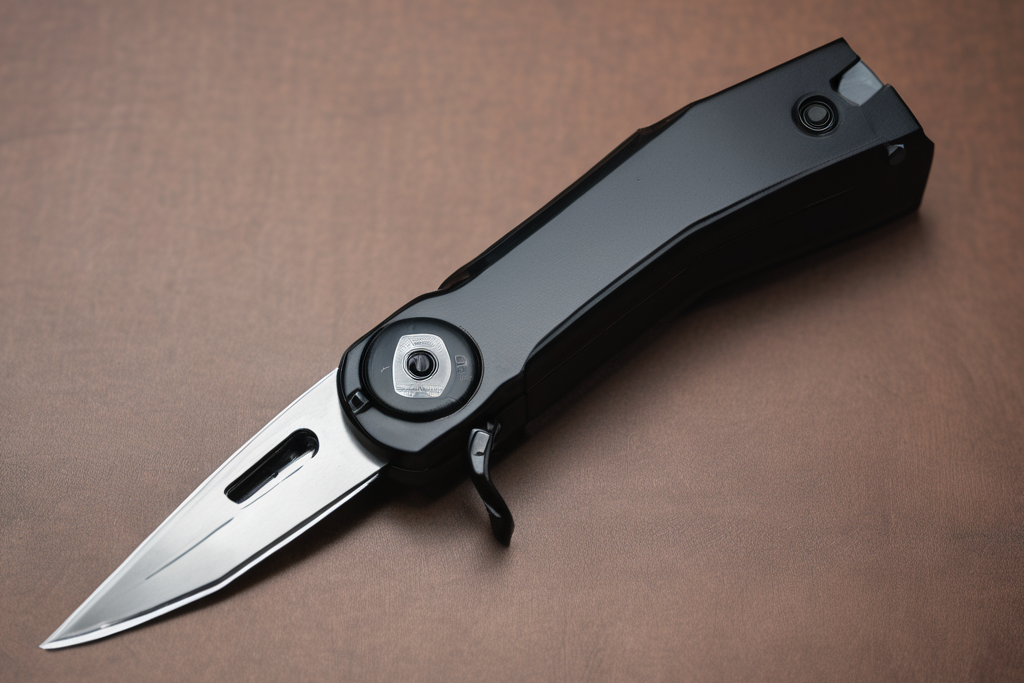
1.Switchblades/Automatic Knives
Switchblades, also known as automatic knives, have been subject to federal restrictions since the enactment of the Federal Switchblade Act in 1958. This legislation was introduced in response to a growing concern about the role these knives were playing in criminal activities, especially among gangs in urban areas. Switchblades are designed with a spring mechanism that allows the blade to be released and locked into place with a single push of a button or pull of a lever located on the handle. This feature makes them highly efficient and potentially dangerous in the wrong hands, as it allows for quick deployment with minimal effort. The ease of use, combined with the ability to be concealed easily, made switchblades synonymous with violent crime during the period, prompting federal action to control their distribution across state lines.

2.Butterfly Knives/Balisongs
Butterfly knives, or balisongs, originate from the Philippines and are characterized by their two-part handle, which pivots around the blade. This design permits the knife to be opened with a flick of the wrist or by manipulating the handles in a flipping motion. This capability for rapid deployment, much like switchblades, makes butterfly knives particularly attractive for use in criminal activities, where speed and surprise are advantageous. The concern is not only their efficiency as a weapon but also the skill required to manipulate them, which can be intimidating and dangerous in confrontations. As a result, several states have imposed bans or severe restrictions on their possession, sale, and carry, categorizing them alongside other quick-open knives as public safety risks.
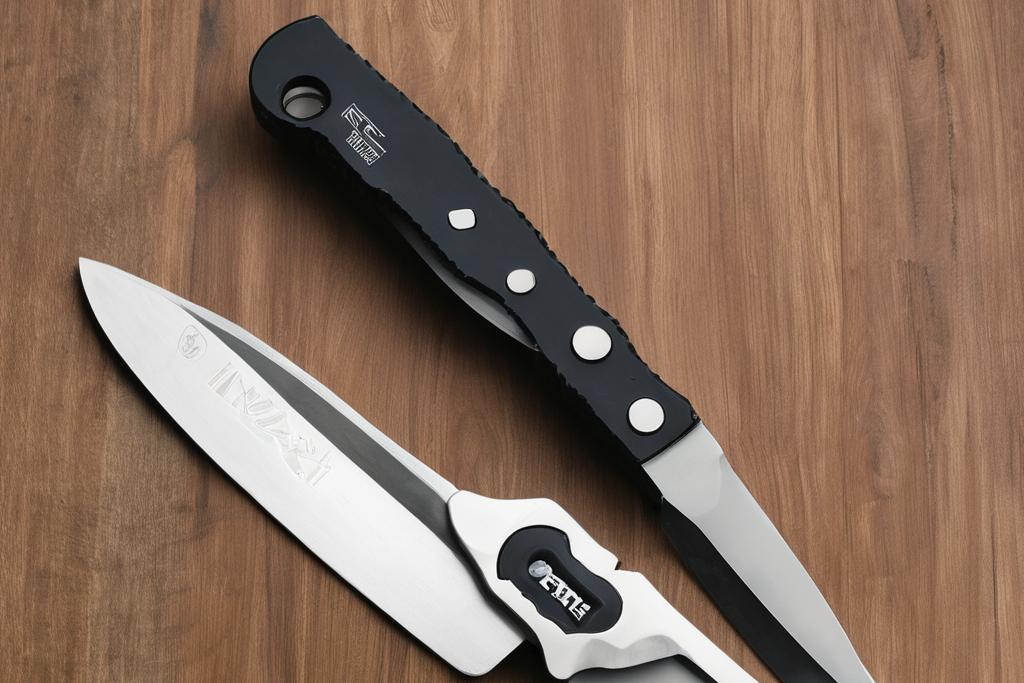
3.Gravity Knives
Gravity knives are so named because they rely on gravity or inertia to move the blade out of the handle. Unlike switchblades or butterfly knives, which have built-in mechanisms for quick opening, gravity knives can be opened by a simple flick or swing. This method of operation places them in a similar category of concern for law enforcement and legislative bodies, as they can be quickly made ready for use. The ease of opening and the potential for concealment make gravity knives a concern in scenarios where weapons can be unexpectedly deployed, posing risks to public safety and law enforcement officers. Restrictions on gravity knives often parallel those on switchblades, aiming to mitigate the ease of carrying and using such weapons in public spaces.
4.Daggers, Dirks, and Stilettos
Daggers, dirks, and stilettos are designed with one purpose in mind: penetration. Their slender, sharp, and pointed blades optimize them for stabbing, making them particularly dangerous in close combat situations. Due to their lethality and the relative ease with which they can be concealed, many states have moved to regulate or outright ban their possession and carry. These knives are often associated with premeditated violence given their design and lack of utility in common daily tasks, heightening concerns about their presence in public settings. The regulations surrounding these weapons aim to curb the potential for violent assaults and murders, reinforcing public safety and minimizing threats to individual security.

5.Bowie Knives
The Bowie knife holds a storied place in American history, embodying the rugged individualism and frontier spirit of the 19th century. Despite its historical significance, the practical realities of its size and design-a large, fixed blade known for its strength and sharpness-have led to contemporary concerns over its potential use in violent acts. Consequently, certain states have enacted laws that specifically address the carry and ownership of Bowie knives, often focusing on their size and the manner in which they are carried. These restrictions reflect an effort to balance the knife's cultural heritage against the practical realities of ensuring public safety in today's environment.
6.Concealed Knives
Knives disguised as everyday objects represent a unique challenge to law enforcement and public safety due to their ability to be hidden in plain sight. These concealed knives can be integrated into items as innocuous looking as pens, canes, or belt buckles, making them nearly indistinguishable from non-weaponized versions of these items. The concealment aspect not only facilitates their potential use in criminal activities but also poses a significant risk to security protocols, as they can easily bypass detection measures. The ban on such knives is a preventive measure, aimed at eliminating the surprise factor in assaults and ensuring that security personnel can effectively screen for weapons.
Blade Length Restrictions
The regulation of knife blade length is a widespread legislative approach to knife control, predicated on the idea that larger knives pose a greater risk in public spaces due to their potential use in violent crimes. These laws typically specify a maximum blade length for knives that can be legally carried, either openly or concealed. Take some US states:
- California: Limits the maximum length of a concealed knife to less than 2 inches.
- Texas: Allows knives with blades longer than 5.5 inches to be carried in public, but with certain location-based restrictions.
- New York: Does not specify a maximum blade length but prohibits the carry of "dangerous knives" or those perceived as intended for use as a weapon.
- Colorado: Legal to carry a knife with a blade longer than 3.5 inches, except in certain locations like schools or government buildings.
The rationale is straightforward: shorter blades are less lethal and less intimidating, thereby reducing the potential for harm. This form of regulation allows for a degree of personal freedom in carrying knives for utility while establishing a clear boundary to enhance public safety.
The Bottom Line
The restrictions and bans on certain types of knives in the United States are rooted in a desire to balance individual rights with public safety. The types of knives mentioned are often seen as posing a higher risk when used inappropriately, leading to their regulation or outright prohibition. As laws vary significantly by location, individuals must familiarize themselves with the regulations in their specific jurisdiction to ensure compliance and avoid legal issues.
Read More
- EDC Knives New Arrival ARTISAN CUTLERY ANDROMEDA 1856G-FCMV M390 BLADE – Artisancutlery.net
- Folding Knives vs. Fixed Blades: Guide to Choosing the Right Knife! – Artisancutlery.net
- Folding Knives: A Guide to Choosing the Right One for You – Artisancutlery.net
- New Arrival CJRB LAGO J1926 AR-RPM9 POWDER STEEL G10 HANDLE FOLDING KN – Artisancutlery.net
- 🎃Halloween Survey: Get 11% OFF on Exclusive Halloween Selection! – Artisancutlery.net


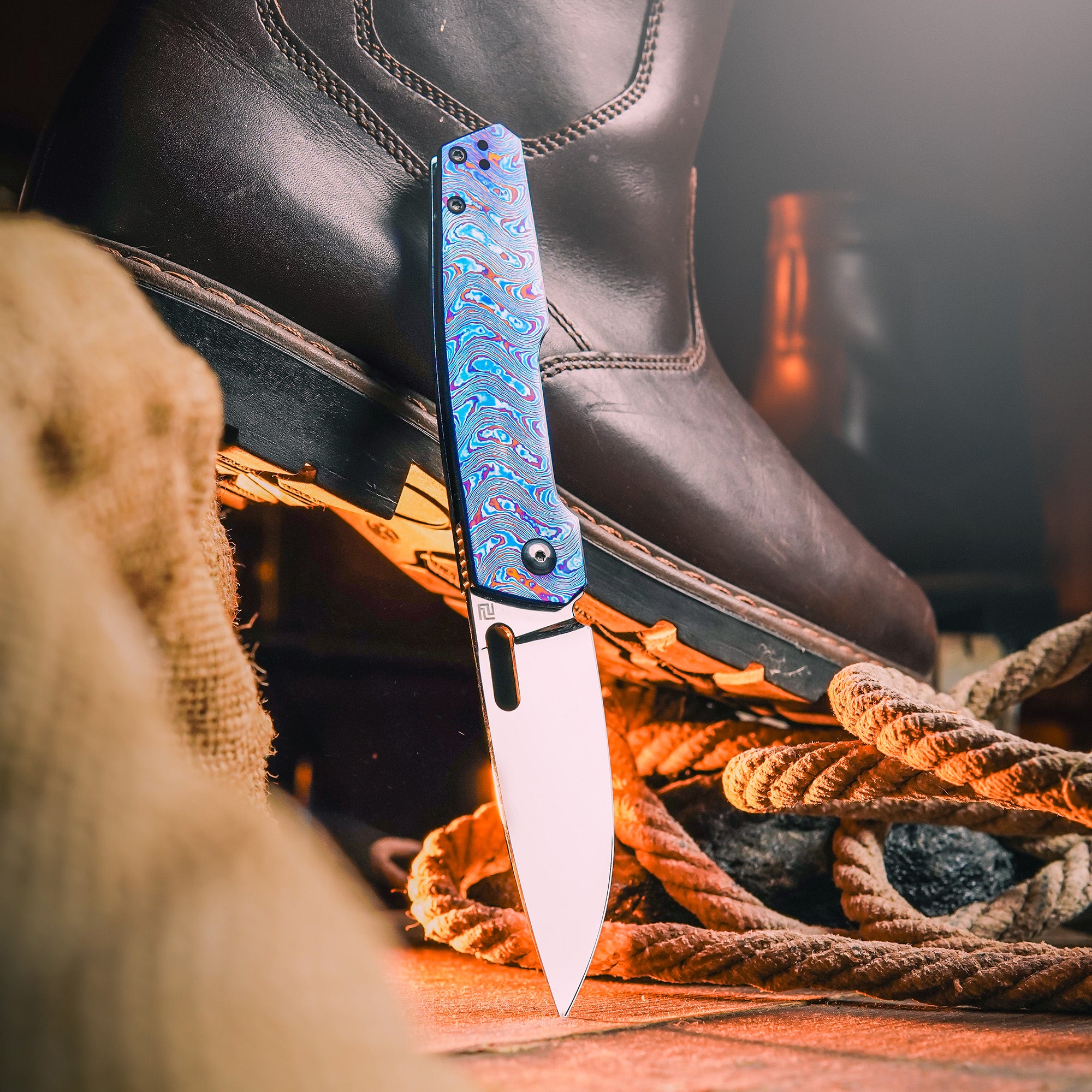
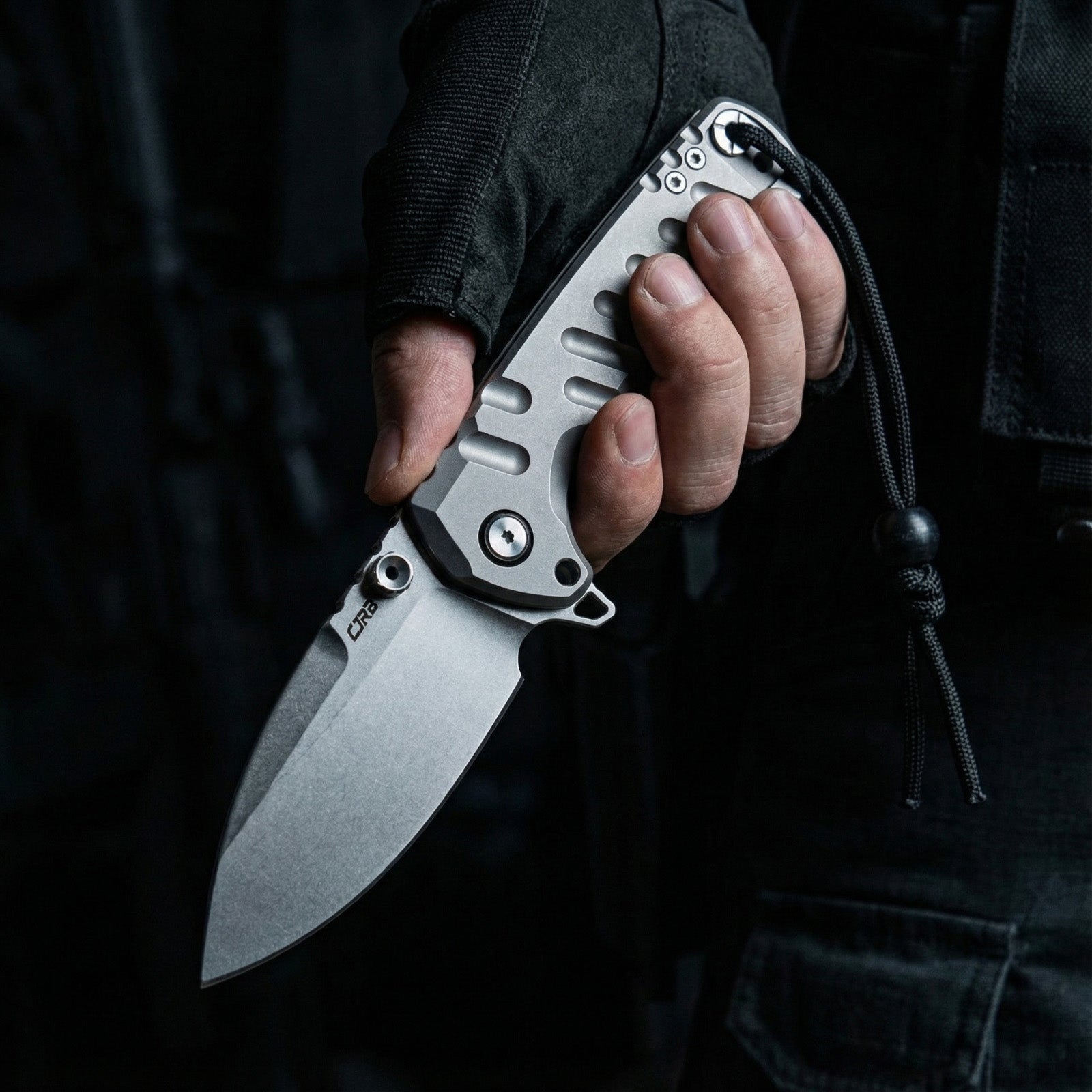
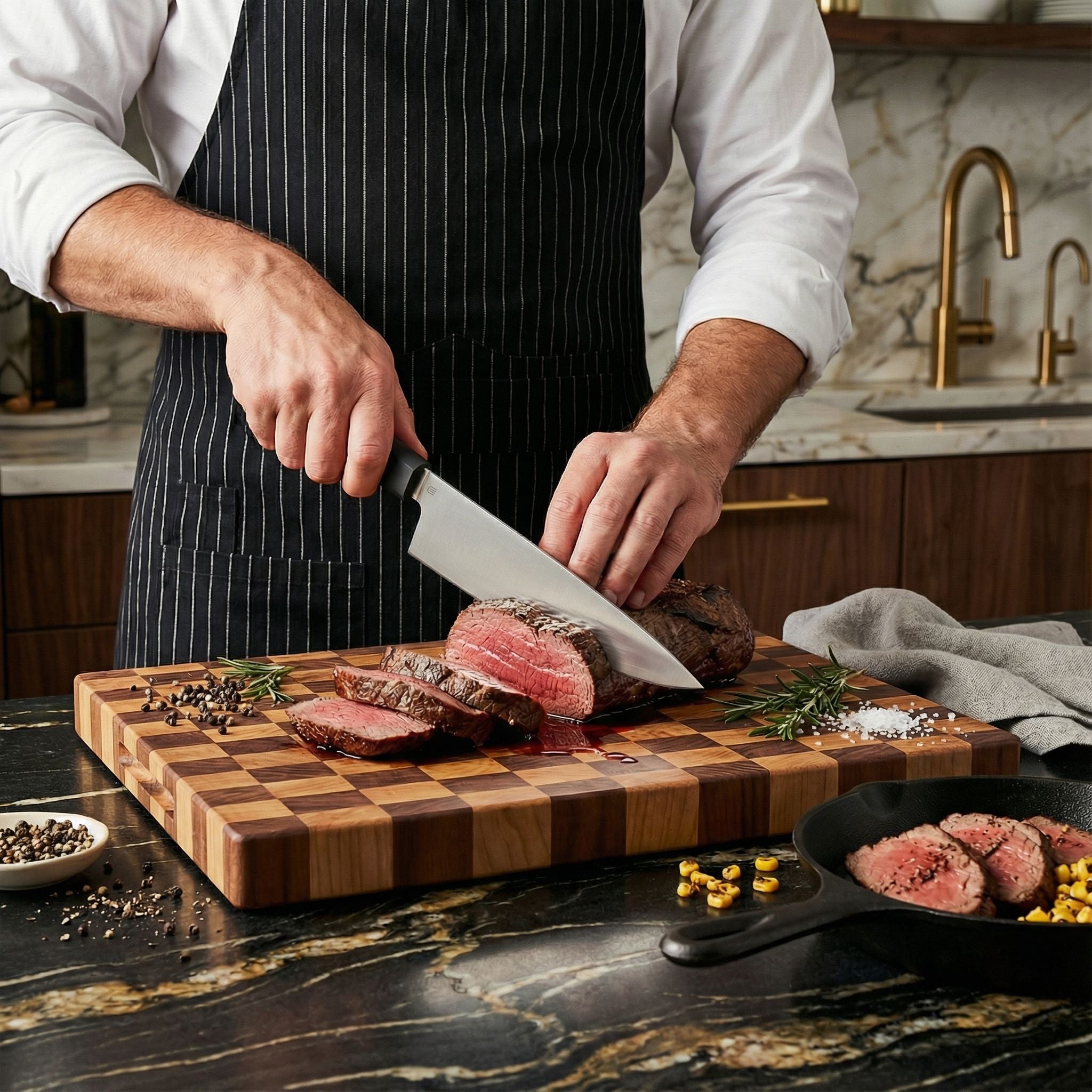
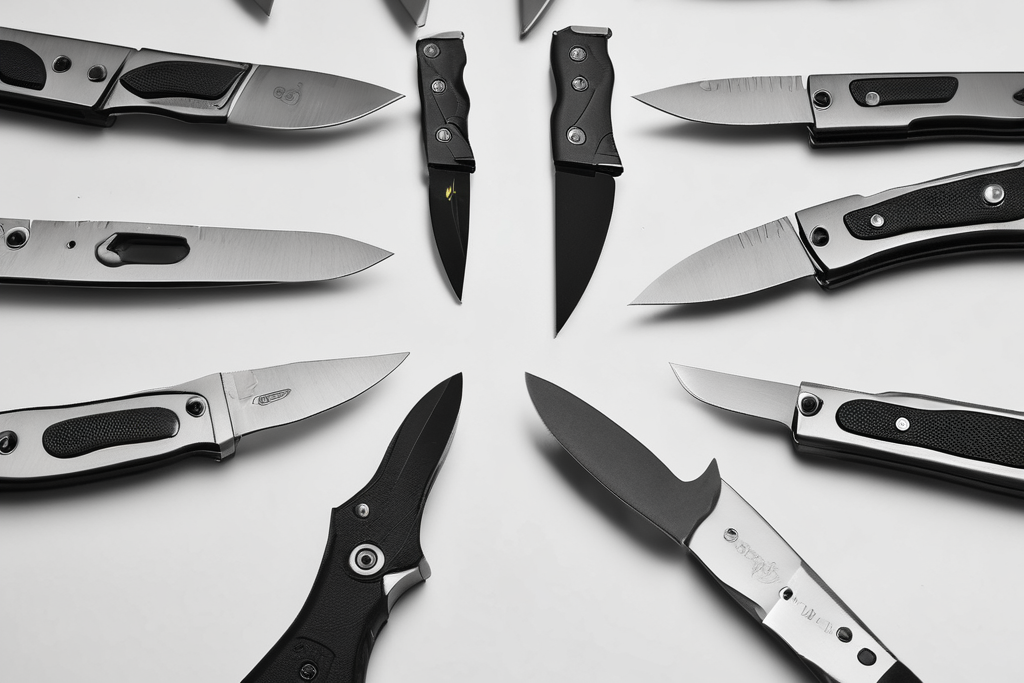
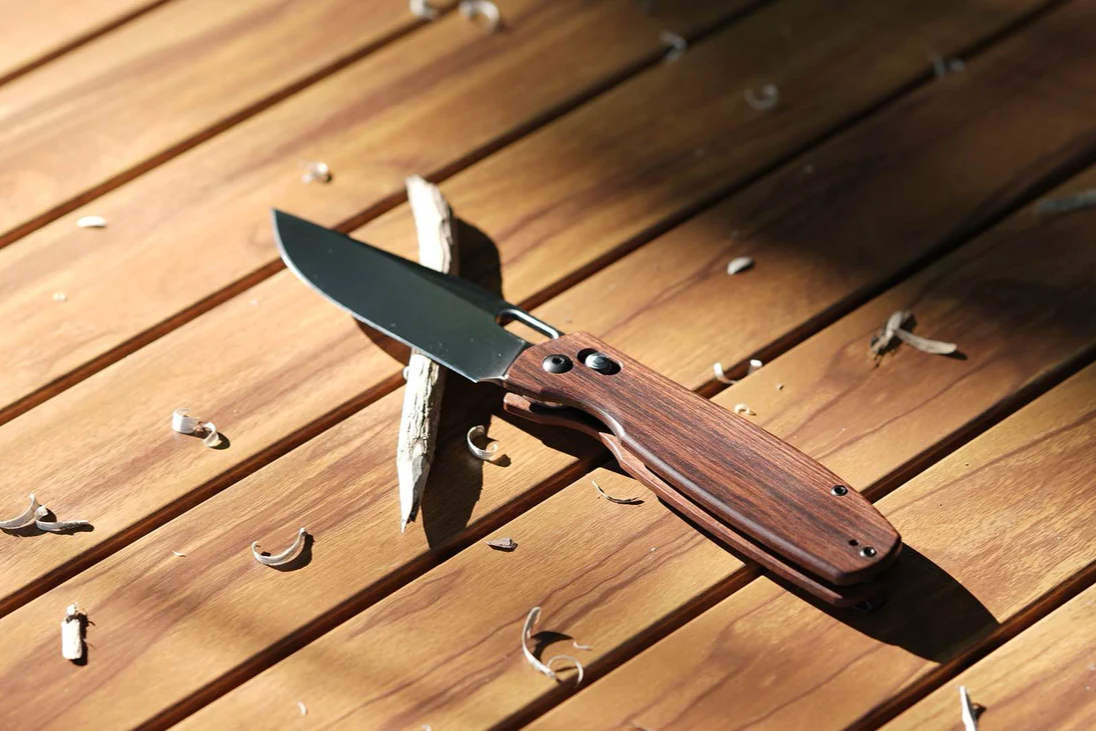
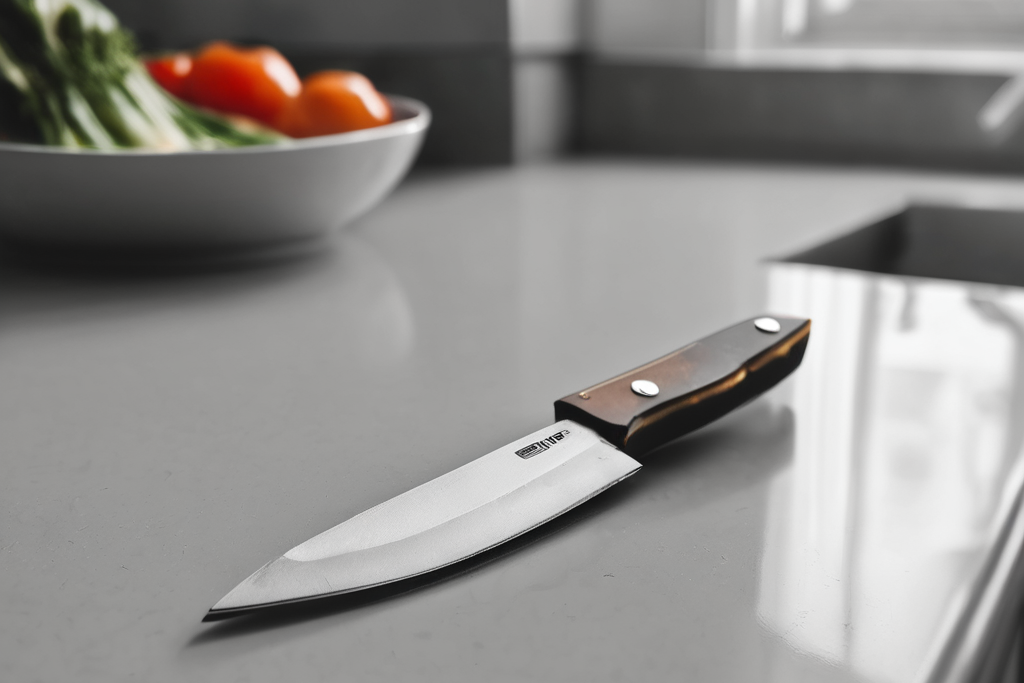


Leave a comment
All comments are moderated before being published.
This site is protected by hCaptcha and the hCaptcha Privacy Policy and Terms of Service apply.